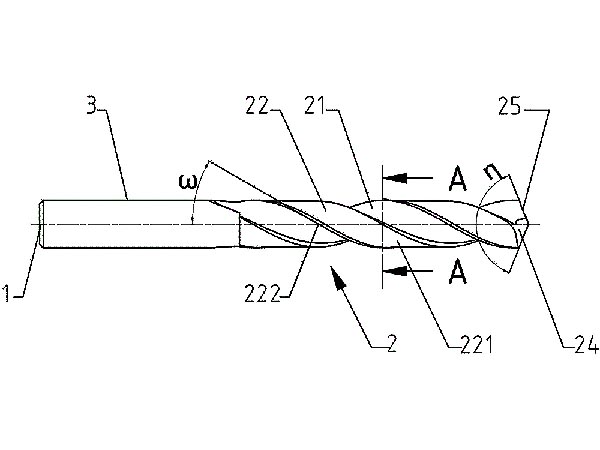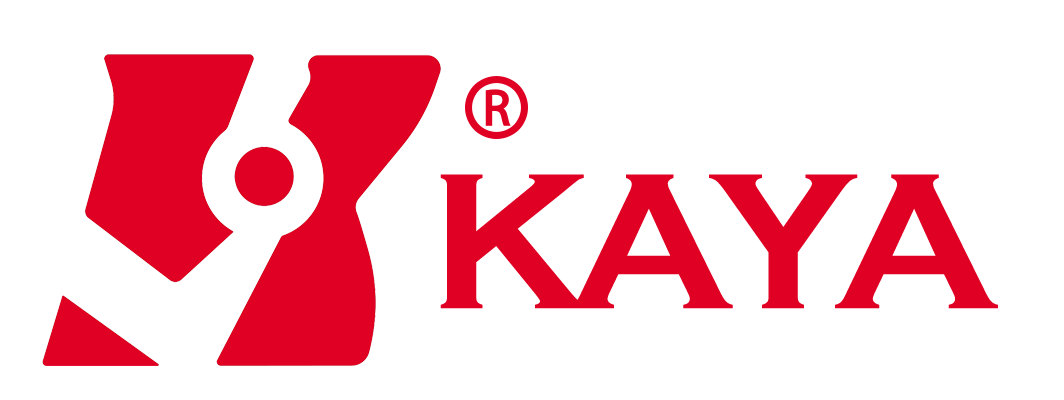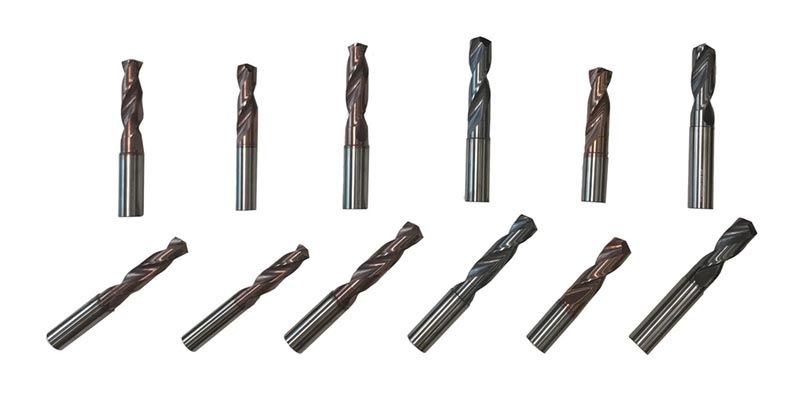
Structure Characteristics of Twist Drill Bits
Shank: Typically cylindrical, with spiral flutes designed to facilitate chip removal and reduce cutting heat.
Cutting Head: The front end consists of two cutting edges and a central point, which aids in positioning and cutting material.
Spiral Angle: Generally designed between 30° to 45°, optimizing cutting performance and stability.
Definition of Twist Drill Point
The tip is the front part of the drill bit that makes contact with the material and performs the cutting. The shape and angle of the tip directly influence cutting force distribution, hole accuracy, and surface finish.
Range of Twist Drill Point Angles
118° Angle: Suitable for general metals and softer materials, providing good cutting guidance.
135° Angle: Ideal for harder materials, such as stainless steel and alloys, enhancing cutting efficiency and hole smoothness.
Impact of Drill Point Angle on Machining Effect
118° Point Angle:
Advantages: Stable cutting performance, well-suited for rapid machining of general metals.
Disadvantages: Lower cutting efficiency on hard materials, potentially leading to faster wear.
135° Point Angle:
Advantages: Effective for hard materials, providing high cutting efficiency and superior hole surface quality.
Disadvantages: May be too aggressive for softer materials, causing excessive heat generation and affecting tool life.
How to Choose Twist Drill Point Angles
Material Characteristics: Hard materials typically require a 135° tip, while softer materials are better suited to a 118° tip.
Machining Precision Requirements: For high precision in hole quality, a 135° tip is recommended for improved smoothness and accuracy.
Cutting Speed and Feed Rate: Adjust the cutting speed and feed rate based on the selected tip angle to achieve optimal machining results.
Advantages of Drill Bits
Versatility: Suitable for various materials, including metals, plastics, and wood.
High Efficiency: Well-designed bits can quickly complete drilling tasks, enhancing productivity.
Effective Chip Removal: The spiral design efficiently evacuates chips, minimizing heat buildup and extending tool life.
Cost-Effectiveness: Generally lower manufacturing costs, making them suitable for mass production.
Applicable Scenarios of Twist Drill Bit
Machinery Manufacturing: Used for machining a wide range of metal components, meeting high precision requirements.
Construction Industry: Employed for drilling holes to secure structural elements or install equipment.
Automotive Manufacturing: Critical in the machining of engine and chassis components.
Electronics Industry: Utilized for drilling holes in circuit boards and other electronic components.
OEM Capability
 We like to do design according to all the customers' requirements, or offer them our new designs. With strong OEM/ODM capabilities, we can fill your sourcing demands.
We like to do design according to all the customers' requirements, or offer them our new designs. With strong OEM/ODM capabilities, we can fill your sourcing demands. Categories
| HSS-PM Taps | HSSE-M42 Taps |
| HSSE / HSS Taps | Spiral Flute Taps |
| Straight Flute Taps | Spiral Point Taps |
| Multi-function Taps |
| Solid Carbide Drill Bits | Twist Drill Bits |
| Center Drill Bits | Indexable U Drills |
| Flat-end Milling Cutter | Ball Nose End Mills |

